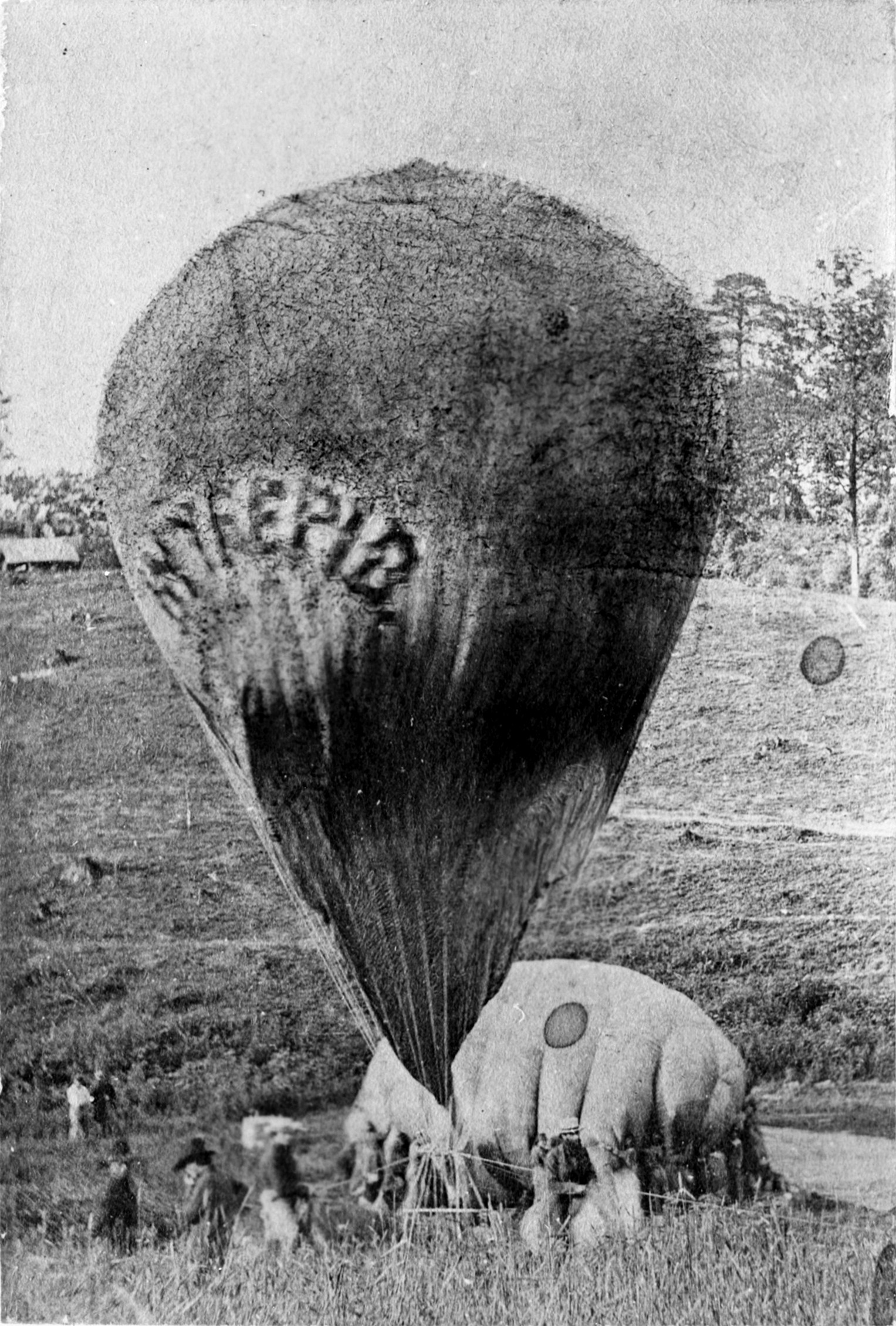Okay, I know, this is a week late. Sorry! It’s been crazy town over here.
So my research last week took me on a rather meandering path. I am working on two books at once, which is par for the course for me, given my short attention span. One of them I had shelved for awhile to think about where it was going, but last week I found myself ready to go back to it. Part of the story takes place in the U.S. at the start of the Civil War, a period of time I know very little about. So I started to do a little research, and found this picture.
 |
| Boston, as the Eagle and Wild Goose See It. J.W. Black, 1860. Source: Metropolitan Museum of Art. |
It is an aerial view of Boston, taken in 1860. From a balloon.
I find hot air balloons fascinating, mostly because I simply cannot understand the desire to go up into the sky in such a thing. But then, I’m not really a huge fan of airplanes, either. Fortunately, I am not a scientist.
| Seraphina. Source: Max Planck Institute. |
The first hot air balloon, made of taffeta and filled with hot air, was launched in France in 1782 inside the house of Joseph and Etienne Montgolfier. Further experiments led to bigger balloons outdoors, and ultimately to “Seraphina,” a 40-foot envelope made of paper and held together by 2000 buttons, with an “aerostat” beneath it designed to hold people. The balloon was filled with hot air produced by burning straw and wool (ugh–imagine the stench!). It flew, without people, into the air some 6500 feet, and descended gradually to earth some 2 kilometers away.
The first balloon pilots were a sheep, rooster, and duck flown into the air by the intrepid Montgolfiers on September 19, 1873, from Versailles. The first manned flight was two months later, on November 21, 1783, with a speechless Benjamin Franklin in attendance.
In 1785, an American and a Frenchman, who, oddly, was not named Montgolfier, became the first to cross the English Channel in a balloon, and it wasn’t long before ballooning made it across the Pond.
The first balloon flight in the United States took place in Philadelphia in January 1793, piloted by another Frenchman, Jean Pierre Blanchard, and his dog. They flew 15 miles, across the Delaware River into New Jersey. The flight was witnessed by President George Washington, who had given the non-English-speaking Blanchard a “passport” which requested that anyone reading the document “oppose no hindrance or molestation to the said Mr. Blanchard.” It apparently worked like a charm, earning Blanchard a few meals and a ride back to Philly. The account I read failed to mention what became of the dog.
The aerial photograph which appears above was not the only one that was taken during the 1860s. The Union Army during the Civil War actually had a Balloon Corps, led by veteran balloonist Thaddeus Lowe from 1861 to 1863. Lowe was accompanied on flights by military cartographers and analysts. Lowe’s favorite balloon was called the Intrepid, which could rise to higher elevations and carry telegraph equipment and an operator.
 |
| Intrepid. Source: Wikipedia. |
As with anything else Civil War-related, there are a number of books which discuss the use of balloons during the war and the drama that was Lowe’s tenure with the Union Army. I couldn’t even hope to do anything more here than uncover the teeniest tip of the iceberg. But if you’re interested, visit Amazon.com, Google Books, or check out the links below for more information.
Links:
http://www.sandiegohotairballoons.com/ballooning_history.aspx
http://bibliodyssey2lj.livejournal.com/23457.html
http://stratocat.com.ar/artics/blanchard-e.htm
http://en.wikipedia.org/wiki/Union_Army_Balloon_Corps
http://www.thaddeuslowe.name/CWbargeobservation.htm
http://civilwarhome.com/balloons.htm
http://www.civilwar.org/photos/galleries/civil-war-ballooning/civil-war-ballooning.html
